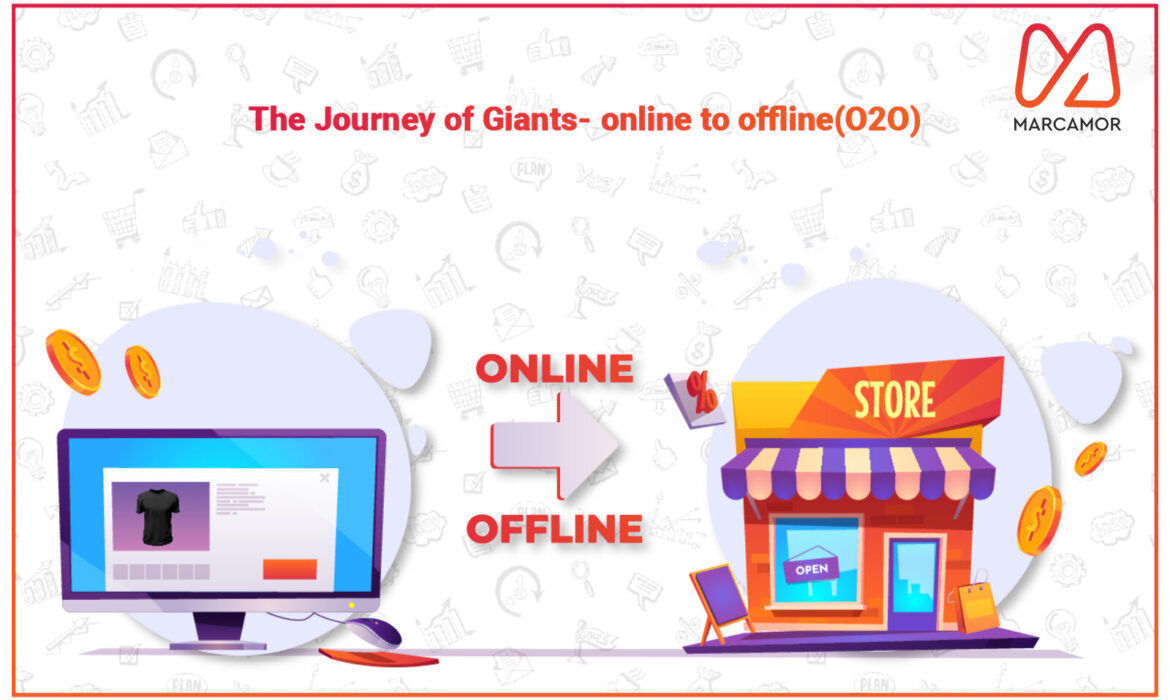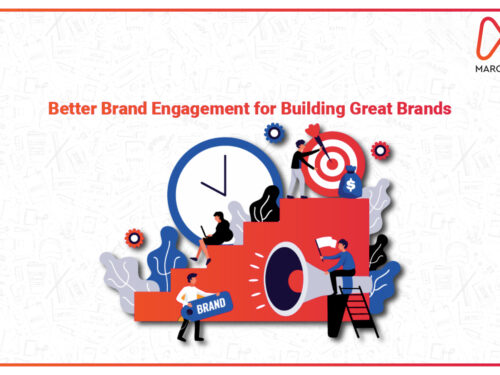What’s a business without trying new techniques and tackling more challenges? More often, we see an offline store going online or entering the e-commerce world. But, how many times have you observed an online store willing to start an offline store? O2O (Online-To-Offline) business strategy is the new trend among big companies. The world’s largest e-commerce company-Amazon is also set to go O2O. Along with this, Google has also decided to choose this model as a customer-driven approach.
It was in 2015 when Amazon launched its physical books store. And now, in 2021, Bezos’s company is willing to create more offline stores for other products as well. The overwhelming response to the book stores (offline) would have given the kick to the idea of proceeding further with more offline stores. But, this does not mean that Amazon is going to shut down its online business. Instead, Amazon will act as a mixed advantage for its customers. Google of Alphabet Inc. is also set to serve its customers with physical stores along with the e-store.
E-commerce has put behind the offline market so far, but street shops and markets will never die. Maybe it is this assurance that has allowed Amazon and Google to enter into an offline world too. So does the O2O strategy work? For that purpose, we will have to wait and watch and the response that these two giants receive but for now, let us see why O2O is so popular!
Why are companies like Amazon and Google using the reverse business model (O2O)?
Amazon is one of those companies that have taken different risks and tried and tested several methods to enhance the business. Likewise, Google, like its counterpart, Apple, is trying out methods that can help them attract customers, especially for their Pixel phones. The three major reasons can be as follows
1. A Blend of Retail in the Future – According to the book “Amazon: How the world’s most relentless retailer will continue to revolutionize commerce” by Miya Knights and Natalie Berg, the future of shopping will be a combination of online and offline choices.
Most e-commerce companies are observing this blend, and thus, they are moving ahead with O2O.
2. Brick-and-Mortar Enhances Trust – In a country like India, although many people shop online, there also are people who don’t trust online shopping. For such people, these brick-and-mortar businesses work as trust gainers. Along with that, the people who are not very aware of using the devices or websites, physical stores can serve a better purpose to them. This can serve as a loyalty coupon.
3. Saves Shipping Costs – Shipping Cost is one of the drawbacks of online shopping as per most of the customers. Hence, offline stores may attract customers who want the item from Amazon or buy a device from Google and save the shipping charges alongside.
Additionally, the businesses are expanding from clicks to bricks because, as per Industrial research, people who shop online and offline, commonly known as “omni-channel shoppers/customers,” spend more time shopping than single-channel users. The same has been the reason for Ikea and Target when they opened their offline stores.
Even if Google is not completely into e-commerce, this step will help the customers experience the hardware of Google devices. These stores can also work as service centres for Google device owners. A major advantage these offline stores will provide will be picking up or returning the order placed online. It will also save the time that orders take to reach the customer.
“We think it’s a genuinely unique try-before-you-buy experience,” says James Elias, Google’s spokesperson.
A brick-and-Mortar business will allow customers for easy pickup and easy return, which is one of the most demanded wishes of online buyers. Although as per the reports, Google and Amazon might take some time to reach every nation or city across the globe. It seems like these giant companies are ready to put their heart and soul into trying out new challenges. But you need not worry; keep adding your items to the cart and get ready to experience offline Amazon-shop and Google-store in your city.

















